A glimpse inside £19m Suffolk estate for sale
14th March 2024
A notable 500-year-old Suffolk farming residence, Glemham Hall Estate, has been put on the market for £19 million.
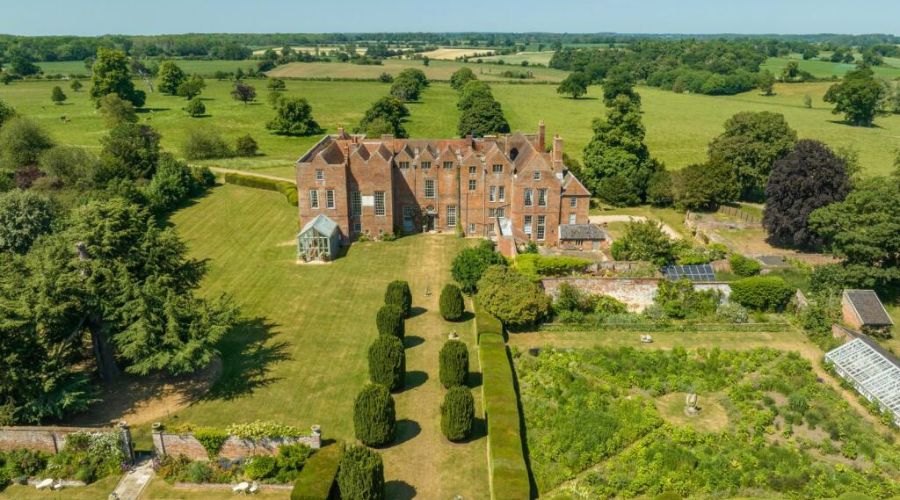
The 1,763-acre sporting and farming estate, located in Little Glemham near Woodbridge, belongs to the notable Cobbold family, who are famous for their involvement in the brewing industry and stewardship of Ipswich Town Football Club.
The 16th-century mansion consists of 12 main bedrooms, seven main reception rooms, domestic offices, a lodge cottage, and parkland, as well as six cottages.
Listed Grade I, the hall was re-modelled in the 18th century and presents mellow red brick walls beneath tiled roofs.
The estate costs about £150,000 a year to run and maintain.
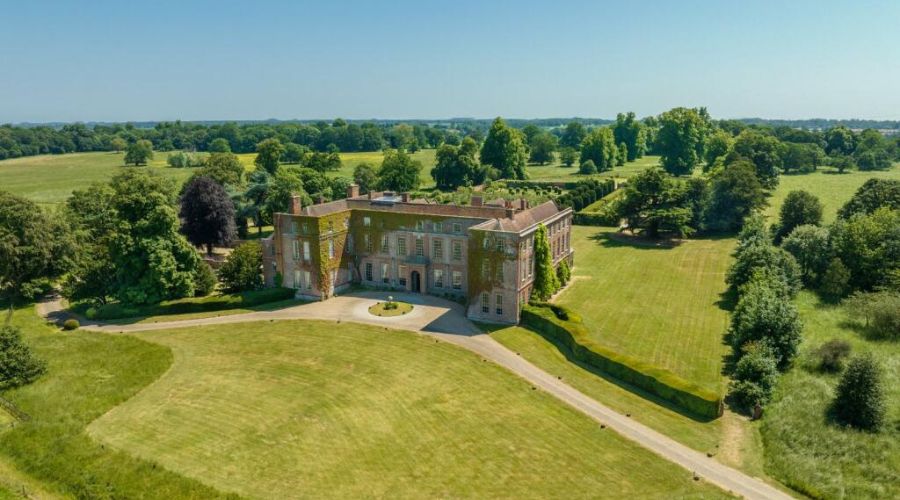
One of Suffolk’s most notable estates
The property advert on Rightmove reads that Glemham Hall Estate is one of Suffolk’s “most notable” estates and is a traditional rural estate offering wonderful living, amenity and enjoyment, as well as a commercial return.
The mansion includes a drawing room, a billiard room and a library, together with a conservatory and a bar.
An exceptionally wide staircase rises to the main landing, which overlooks the staircase hall and runs the majority of the length of Glemham Hall, with doors to nine bedrooms, some of outstanding size, together with four dressing rooms and five bathrooms.
The dining room leads on to a study and then to the east wing, where there is a sitting room and office. Further rooms within the east wing comprise two kitchens, further cloakrooms, domestic offices and utility rooms.
At a mezzanine level, between the ground and first floors, there are three bedrooms, a dressing room and a bathroom.
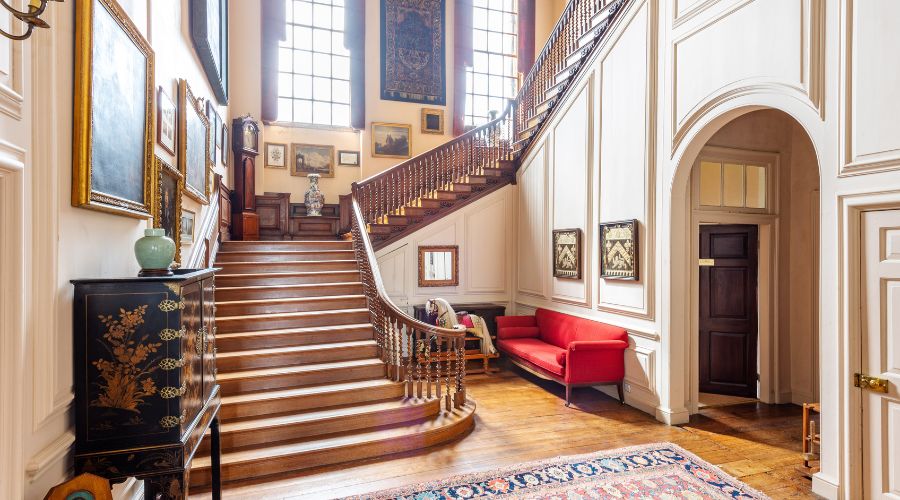
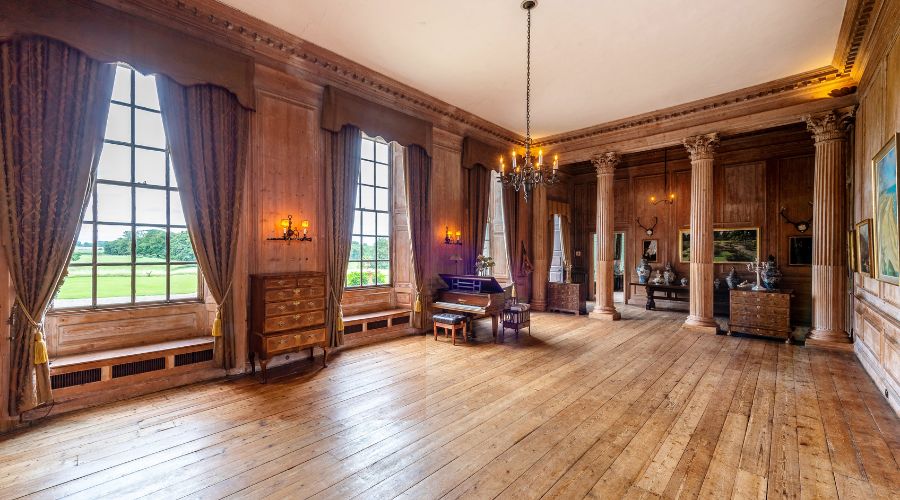
On the second floor, there are nineteen rooms, a bathroom and a cloakroom, which were historically used by staff.
Below the hall, there are large cellars providing extensive storage and wine shelving.
Grounds
Of the 1,763-acres available, the estate includes almost 200 acres of Grade II-listed parkland with some fine specimen trees, including cedar, oak and copper beech, and long runs of sculpted yew hedges.
There is also a large autumn flower garden with a traditional greenhouse and a massive yew topiary hedge on the site.
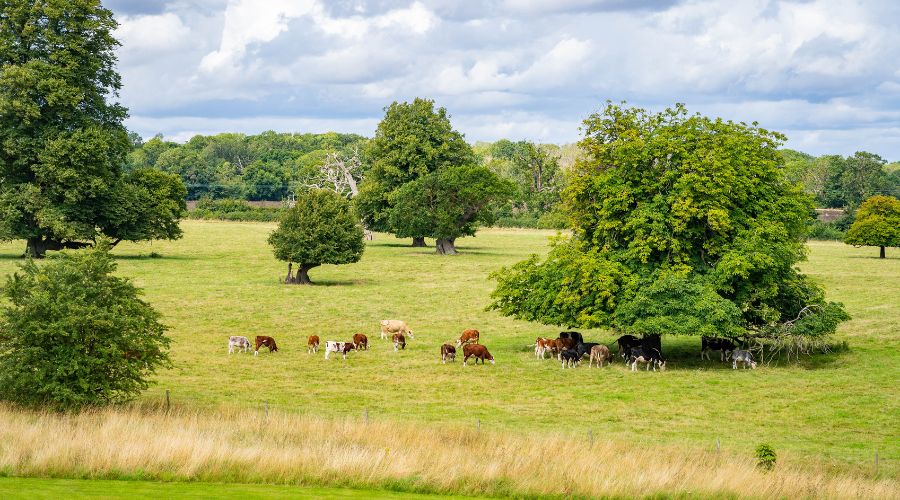
To the south of the estate, there is also a grass tennis court with a traditional summer house.
The in-hand land is a mixture of arable land, river meadow and woodland. The arable land comprises fields of a size suitable for large scale farm machinery, and the soils are capable of growing a range of arable crops.
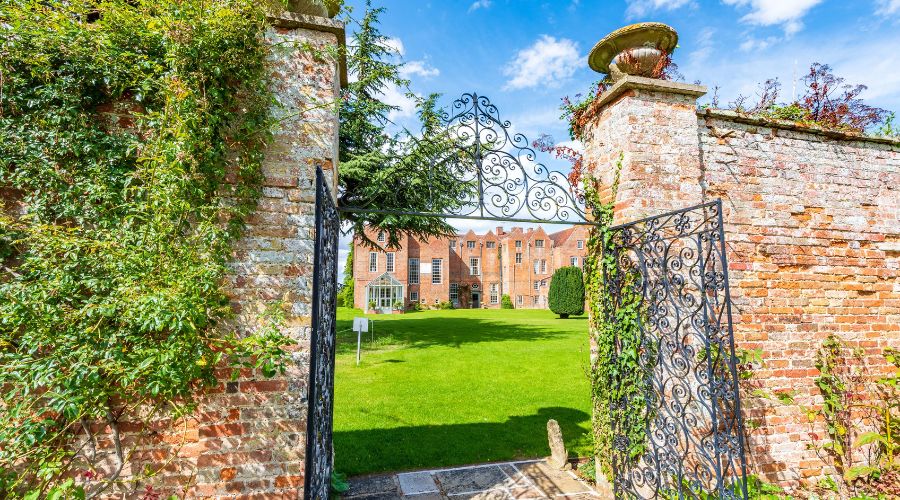
Traditional family house
Tim Fagan, director of Strutt & Parker Estates & Farms agency that manages the sale, said: “The Glemham Hall Estate is one of Suffolk’s most notable rural estates, with a well-documented heritage having been passed through so few families.
“The management of the estate has always been that of a traditional family house, linked to enterprises that continue to fund the maintenance and enjoyment of this Grade I listed house in the form of in-hand arable farming, cottage lets and commercial revenue streams.
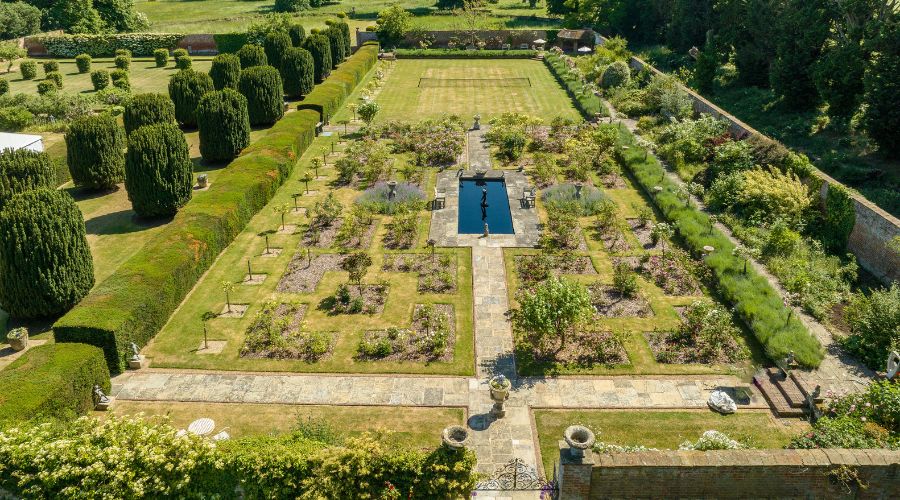
“The estate is in a good position to take what the current family has worked so hard to achieve, and grow on the success.
“The next owner may want to continue the hall as a family home while leveraging its commercial capabilities through arts and hospitality. Alternatively, the estate and main house set up lends itself well to a commercial investor, particularly as this Suffolk location is an increasingly popular destination for families and creatives.”
History of the Suffolk estate
Sir Henry Glemham founded Glemham Hall around 1560. The North family, later Earls of Guilford, purchased the estate at the start of the 18th century.
Humphrey Repton was commissioned to create one of his red book plans for the estate, involving the demolition of a former manor house, filling in of the moat, and extension of the park.
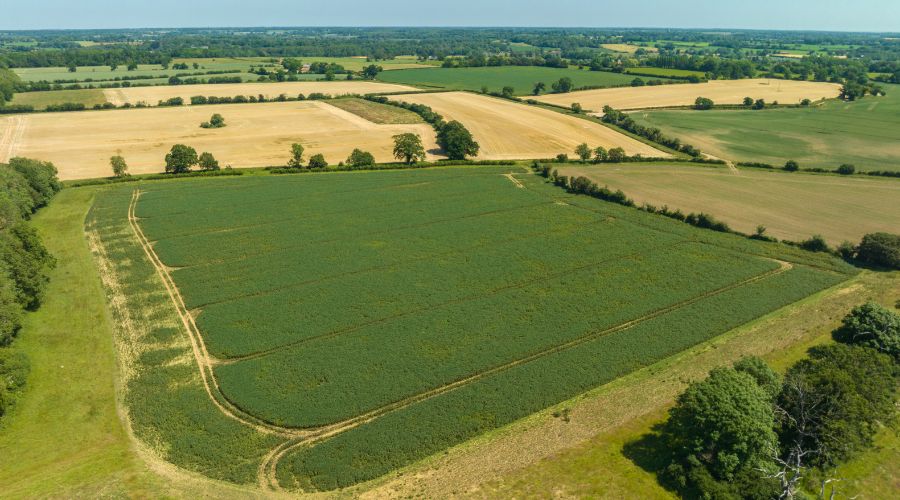
In 1923, the Earl of Guilford sold the estate to Captain John Murray Cobbold of the Suffolk brewing family and his wife, Lady Blanche, the daughter of the ninth Duke of Devonshire. Capt. Cobbold was killed in 1944 when a bomb fell on the Guards Chapel, while Lady Blanche continued to live at Glemham Hall until her death in 1987.
In 1994, the Glemham Hall Estate was passed to Major Philip Hope-Cobbold, patron of Ipswich Town Football Club and former High Sheriff of Suffolk. Today the estate belongs to his son, who lives in the hall with his family.
The family has adapted the traditional estate into a business fit for the 21st century, including holding the annual FolkEast heritage and music festival. They also established a wedding venue, host Sunday lunches and guided tours of the house.
Glemham Hall has also featured as the backdrop for high-fashion photoshoots, including Vogue.
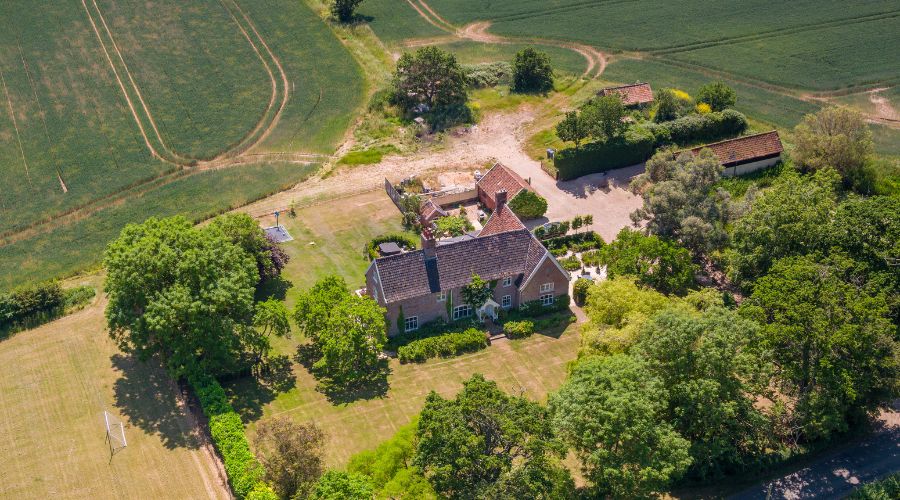
Read more business news.



